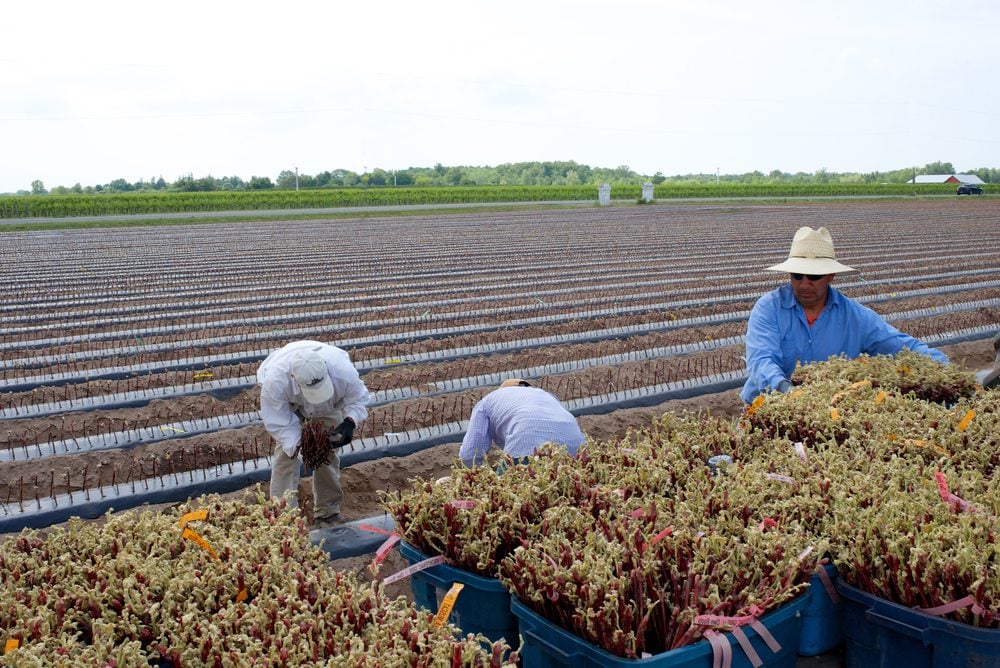How Did the Immigrant Employment Fair in June?
Like any other country, Canada gave priority to citizens returning to work. This bias means that immigrants have gotten the short end of the stick in the employment recovery rate. The chances of getting back into employment increase depending on how long you have been a resident in the country. Say, for example, you have been here for five years or more, the chances of you getting a job are estimated at 57%, which is a downgrade from February.
To put this into perspective, a Canadian-born worker under the same circumstances has an employment rate of about 60 percent. Compared to previous months, their chances at employment have only slightly been affected. Researchers observed that since the number of immigrants visiting the country has dropped, the job market has seen a steep increase in the demand for younger immigrants compared to last year, regardless of restrictions.

Simply put, their chances of re-employment are at a staggering 68%. This is attributed to their numbers dwindling faster than their rates of employment. Researchers calculate the employee number and convert it to a percentage to fully understand how the economy is reacting to economic restrictions.
The employees, in this case, have to be 15 years or older. It is important to note that any policy or employment trends changes could significantly affect the Canadian labor market trends. Between January of last year and February of this year, population growth in Canada is estimated at one percent, which also contributes to the employment rates.






